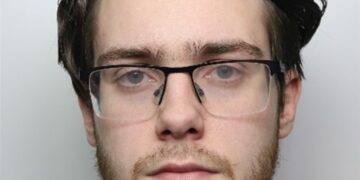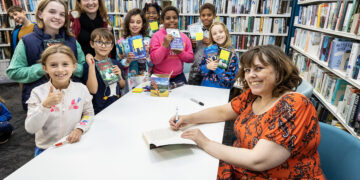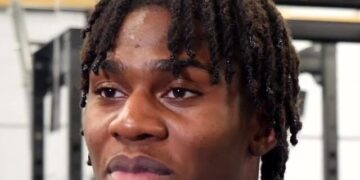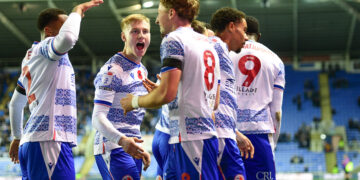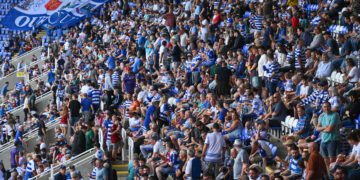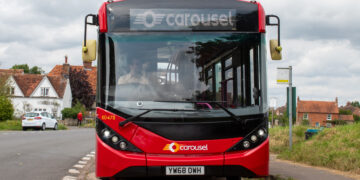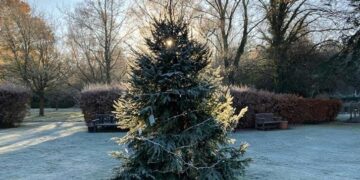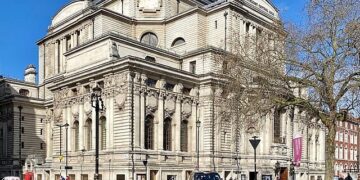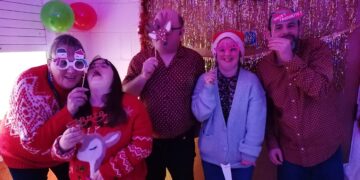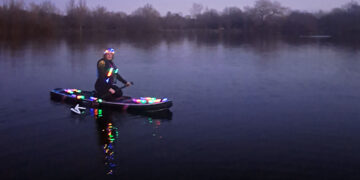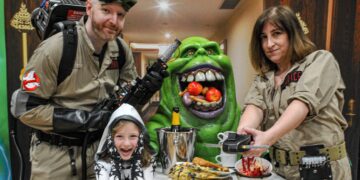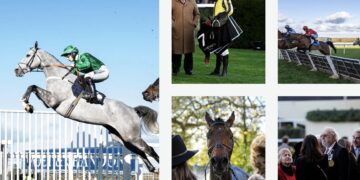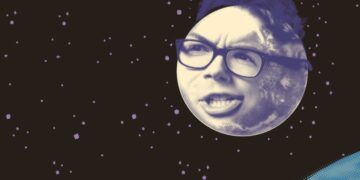London, battered and bruised immediately after the war, produced a climate of creativity in art and Jo Walton took us there vividly and enthusiastically in her recent Arts Society, Wokingham lecture, sponsored by Clifton Ingram Solicitors.
It was a time of wealth and poverty, glamour and squalor which inspired artists and photographers like John Deakin. To illustrate the later importance of their work, Jo described the sale in 2013 of Francis Bacon’s triptych, Three Studies of Lucien Freud, for $142 million, breaking all records at that time.
This was when the art market became extraordinary; auctions were entertainment and prices pushed up.
Going back to the forties, young artists like John Minton, John Craxton and Lucien Freud knew passionately the type of art they wanted to produce. Minton, troubled with depression, felt the city was becoming part of him and painted himself alongside the shells of bombed, roofless buildings. Craxton felt hemmed in by the landscape, eventually living in Greece, while Freud developed a more surrealist element in his early work.
A zebra head, a lover’s gift, appears in several paintings. Later, he had a studio in badly damaged Paddington where he lived outside normal society. His painting, ‘Charlie’, a young lad smoking, evokes this time.
Freud was comfortable with these folk who respected him. A level of darkness came into many art works including photography.
He married Kitty Epstein and she became the subject of many meticulous portraits showing his intense examination of his subject, something that continued throughout his life
When Freud learned from Graham Sutherland that the best painter of their time was Francis Bacon, he decided he must get to know him. The two artists became friends.
Bacon led a chaotic, unconventional life. Although he mixed with society, he also associated with low life. Many people were shocked by his art while others found it exciting. His paintings often showed individuals as if in a glass box, alienated. This was a skilled, disciplined style, influenced by great art of the past.
With the desolation of London, people craved colour. Fashion became more exuberant; Cecil Beaton photographed women in dazzling ball-gowns. Freud knew the right people and started to paint them but he still lived life on the edge, gambling heavily.
The mid-fifties saw the introduction of pop art, using images of everyday life and collage, leading on to the work of David Hockney in the sixties and seventies. This was not Freud’s style and he continued with his detailed portraits, working himself to exhaustion to achieve his results. Art became popular in society, epitomised by the glamorous Snowden photograph of Princess Margaret.
With superb images and black and white photos of London, Jo brought us back to where she started, a celebration of a fascinating period producing some amazing artists. We all learned so much; the general reaction was ‘Wow!’
Our next lecture, The Art of Partying will be held on Monday, March 23 at The Newbold Church, St Marks Road, Binfield, RG42 4AN, commencing at 7.45pm. Do join us. Visitor Fee: £8. To find out more about the Arts Society, check out our website: www.theartssocietywokingham.org.uk.
Linda Fawke
Share news from your club, group or society
If you are in a WI, Mothers’ Union, a friendship group or an action group then send us a report of your meetings and we’ll print them here!
Share your reports by emailing [email protected]







